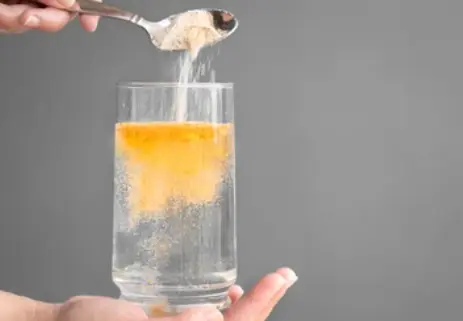 Welcome
Welcome
“May all be happy, may all be healed, may all be at peace and may no one ever suffer."
Functional rehabilitation after cerebrovascular accident - Generics
Functional rehabilitation after a cerebrovascular accident, also known as a stroke, is an essential part of the recovery process. A stroke occurs when the blood supply to the brain is interrupted or reduced, leading to damage to brain cells. The resulting symptoms can range from mild to severe, and can include difficulty speaking, weakness or paralysis on one side of the body, loss of balance, and cognitive impairment.
Functional rehabilitation aims to help stroke survivors regain as much independence as possible, and to learn new ways of performing tasks that have been affected by the stroke. The process begins as soon as the patient is stable, and continues through the recovery period, which can last several months to several years.
The first step in functional rehabilitation is to assess the patient's abilities and limitations. This includes evaluating physical functions such as strength, coordination, and balance, as well as cognitive and communication abilities. Based on the assessment, a rehabilitation plan is developed that is tailored to the individual's needs and goals.
Physical therapy is a key component of functional rehabilitation after a stroke. This may include exercises to improve strength, coordination, and balance, as well as mobility training to help the patient relearn how to walk and move safely. Occupational therapy may also be used to help the patient regain the ability to perform daily activities, such as dressing and bathing, and to learn new strategies for completing tasks that have been affected by the stroke.
Speech therapy may be needed if the patient has difficulty with communication, such as speaking or understanding language. This may include exercises to improve speech and language skills, as well as cognitive therapy to help with memory and attention.
In addition to these therapies, functional rehabilitation may also involve psychological counseling and support, as well as social services to help the patient and their family cope with the challenges of recovery.
Functional rehabilitation after a stroke is a long-term process that requires patience, dedication, and hard work. With the right support and resources, however, stroke survivors can make significant progress in regaining their independence and quality of life.

Electrolyte replenisher

Ophthalmic surgery

Renal transplant

Hemolytic Disease of the...

Diagnostic ophthalmic pro...

Endophthalmitis

Surface anesthesia

Aid in dispersal of extra...
Functional rehabilitation after cerebrovascular accident, সেরিব্রোভাসকুলার দুর্ঘটনার পরে কার্যকরী পুনর্বাসন
To be happy, beautiful, healthy, wealthy, hale and long-lived stay with DM3S.